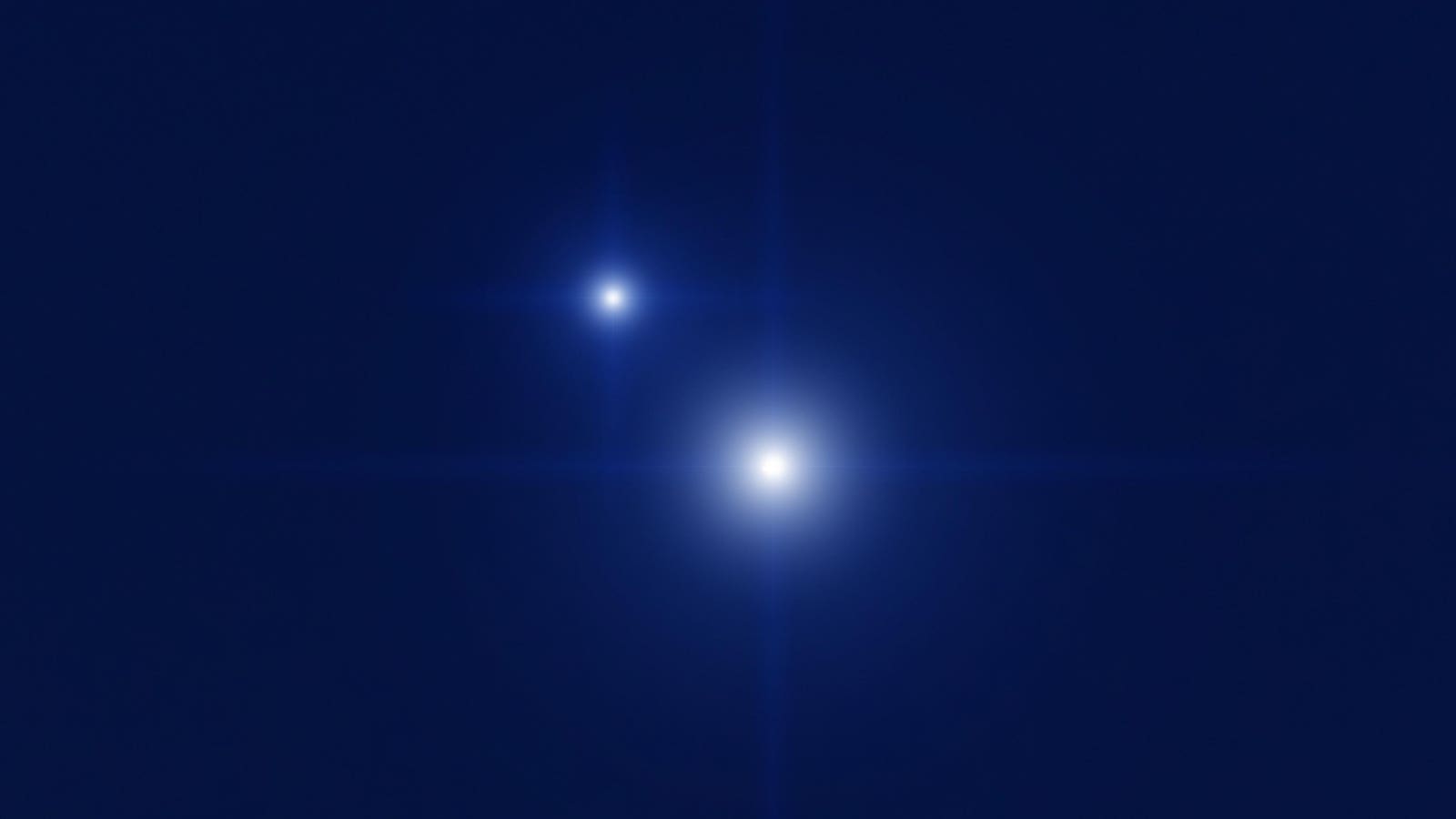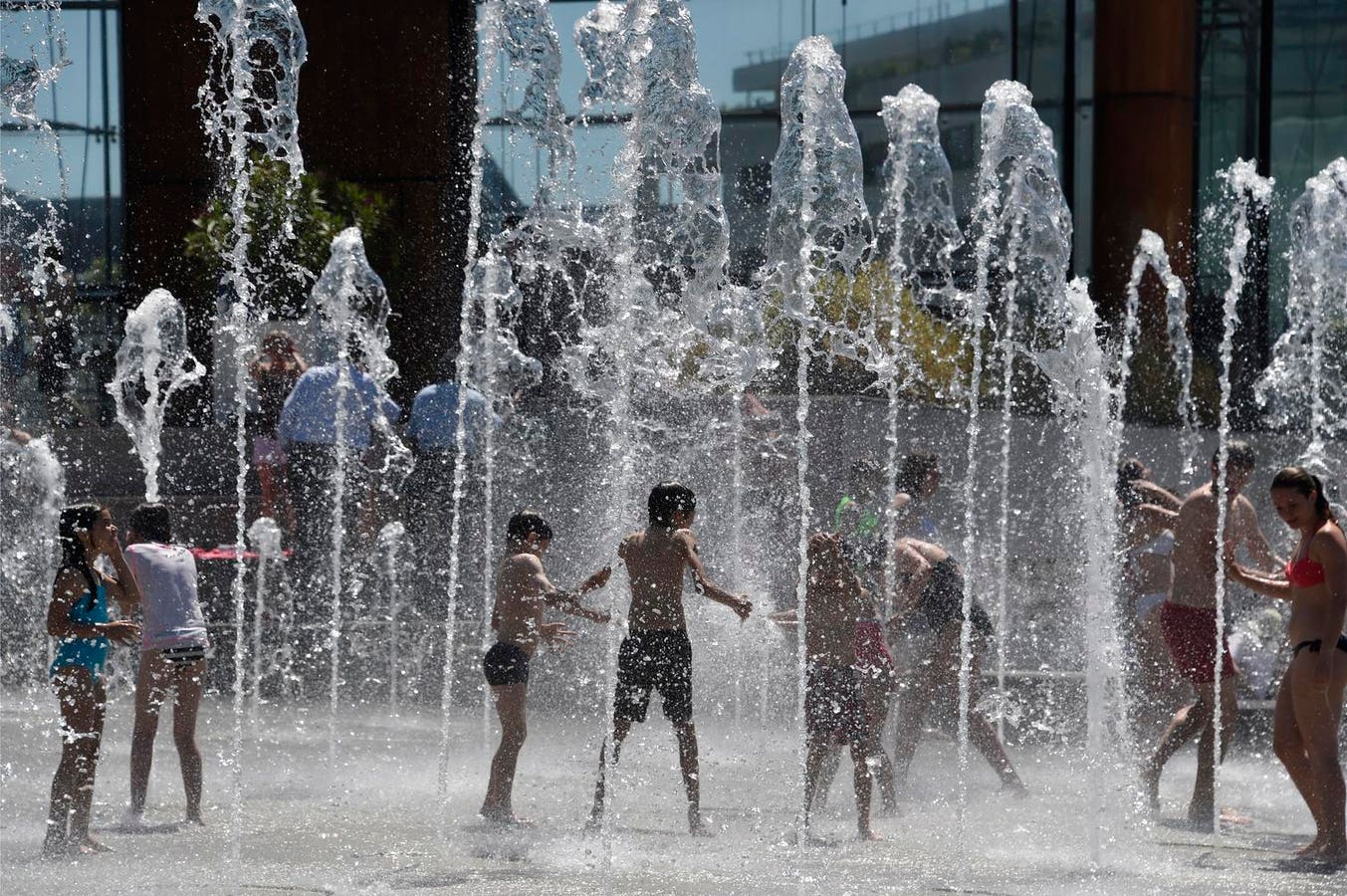Topline
The two brightest planets to the naked eye, Venus and Jupiter, will pass to within a degree of each other in the pre-dawn hours of Tuesday, Aug. 12, as part of a “planet parade” — mistakenly called a planetary alignment by some — in an August edition of what happened back in February. The planetary views come just as the Perseid meteor shower reaches its peak.
Venus and Jupiter will pass within a degree of each other in the pre-dawn night sky on Monday, Aug. 12.
getty
Key Facts
The current planet parade, which started around Aug. 10 and will continue through most of the month, features Mercury, Venus, Jupiter, Saturn, Uranus and Neptune — though the latter two gas giant planets are too dim and distant to be seen with the naked eye.
On the morning of Tuesday, Aug. 12, Venu and Jupiter, shining at magnitudes -4.0 and -1.9, respectively, will appear to be 0.9 degrees from each other in what astronomers call an appulse or close conjunction.
The planet parade — and the conjunction — will be best seen about two or three hours before sunrise, with the planets’ rise times depending on location.
The best advice is to find a location with an unobstructed eastern horizon and look to the east-northeast horizon. There is no need for binoculars or a telescope.
The Perseid meteor shower will peak overnight on Aug. 12/13, though the presence of a bright moon will likely lessen its up to 75 “shooting stars” per hour.
What Is A Planetary Conjunction?
According to The Planetary Society, a planetary conjunction is when two or more planets appear close together from our perspective on Earth, such as the view of Venus and Jupiter. However, a planetary conjunction can also include the moon, so you may hear about a conjunction between the moon and Venus, or the moon and Jupiter. However, it’s essential to recognize that a conjunction is a line-of-sight illusion, where objects appear to be close together in the sky. In reality, the planets and the moon are many millions of miles apart.
What Is A Planet Parade?
Planet parades — though not an astronomical term — happen when several solar system planets appear close together in the sky from our point of view on Earth, according to the BBC Sky At Night. Again, it’s an illusion, and inevitable at some point given that the planets orbit the sun from different distances, but on the same plane of the solar system — the ecliptic. Since Neptune and Uranus are very dim and impossible to see with the naked eye, only Saturn, Jupiter and Mars of the outer planets can be seen in the middle of the night. Venus and Mercury, which orbit close to the sun, can only ever be seen close to sunrise or sunset, which is why planet arcs always happen just before sunrise or just after sunset, when one or both of the inner planets are visible.
How To Tell Planets From Stars
When you’re outside looking for Venus and Saturn, you likely won’t have a problem. After all, Venus and Saturn will be very bright. However, Mercury and Saturn are harder to discern from stars. The key thing to remember is that planets don’t twinkle like stars — they shine with a steady light. That’s because they have a much larger apparent size than stars, and because they’re much closer.








